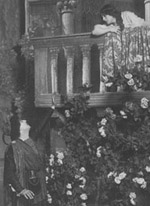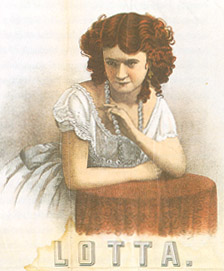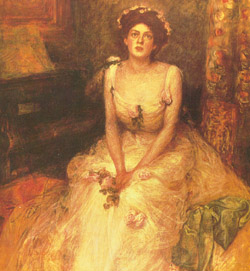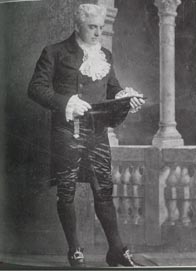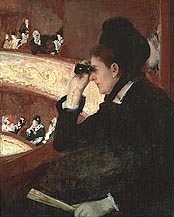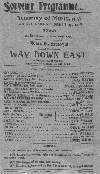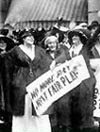|
|
The rise of the star in part caused the fall of the stock companies because these
outside big names would bring in a play that often was performed the following day. Other
actors had to quickly memorize parts so that they could stand in the shadow of these
stars who made substantially larger amounts of money than they did. The combination
companies, however, fully supported the star, for the star was what the managers were
often selling, not the play itself. Therefore, with the higher amounts that producers
had to pay to The Syndicate or the Shubert brothers, the stars were usually not the ones
who felt the pinch, instead it was the supporting actors.
In 1894, as calculated by F. F. Mackay, the average actor was paid roughly $35 a week
with an anticipated 25 week run, but most experienced high rates of unemployment, and many
had to pay for costumes and transportation out of their own pay. In comparison, stars
during the same time period could make more like $250, and stars like Maude Adams, Ethel
Barrymore, and Mrs. Fiske are estimated to have earned $50,000 during their heyday. David
Warfield's performance in The Music Master estimated to have earned him $300,000 in one
season. Even with such discrepancies in pay, however, it was the booking agents and the
producers that the actors battled. For as you will see, when you read about the Actors'
Equity Assocation, businessmen like those in the Syndicate and the Shubert Organization used
their monopolistic powers to take away from the actors while they were raking it in at the
front office. |
|
